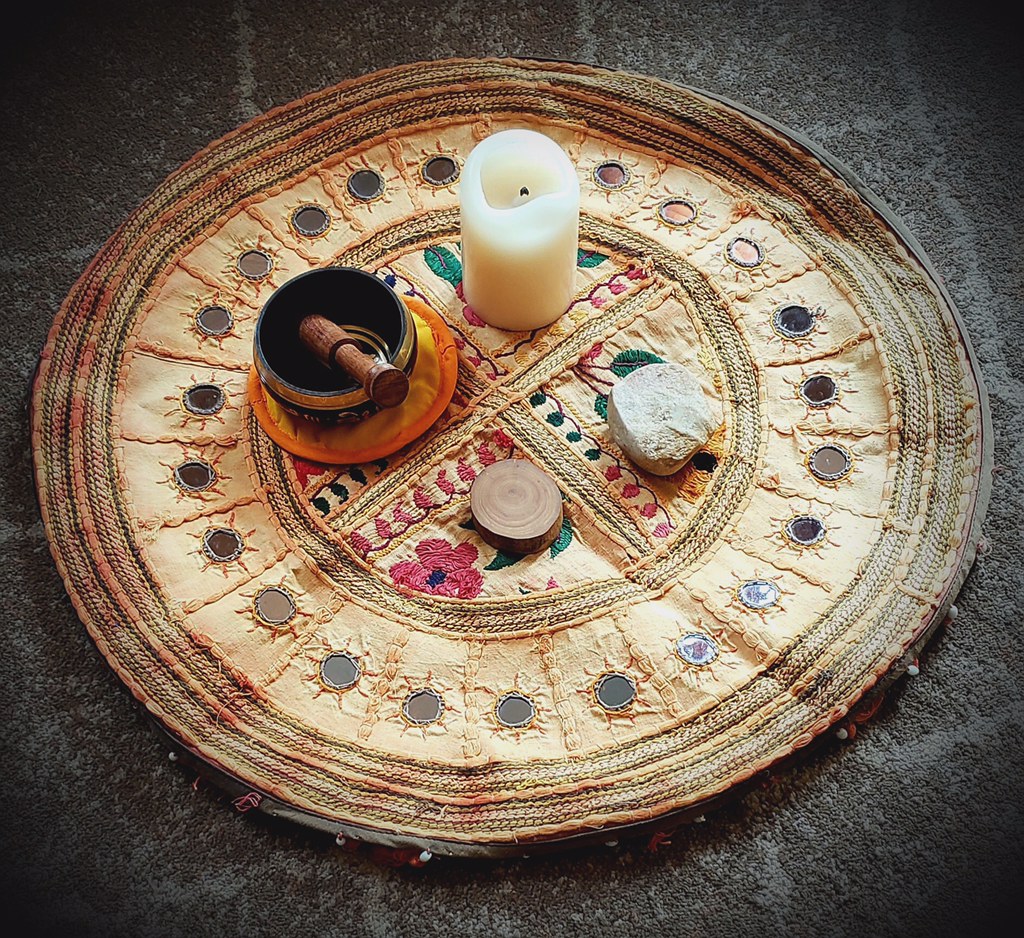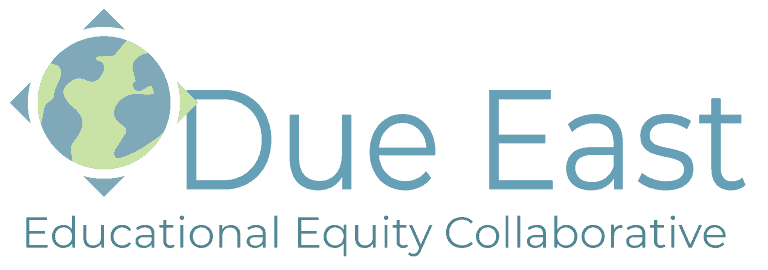Racial and Restorative Justice: Considerations for Circle Keepers in Schools
“What we do to the web, we do to ourselves. All things are bound together. All things connect.” Chief Seattle
Restorative Circle Keepers in schools are likely to encounter situations that require them to be leaders in the work of antiracism. Restorative Justice (RJ), in its modern iteration, was brought into criminal justice systems around the world to offer an option for addressing and repairing harm in a more holistic way than punishment does. It eventually came into schools for the same reason. Upholding and honoring the Indigenous cultural origins of RJ and Circle requires courage and stamina because of common misunderstandings about its purpose and potential due to the inclination of institutions to co-opt and commodify it for their own ends.
Many school leaders these days are interested in incorporating some form of restorative work into their systems, because they are rightly concerned about the demographic disparities in their discipline data. With this specific lens of improving data, however, many school communities end up receiving the message that Restorative Circles are either a quick and easy solution or a soft form of punishment. When circle keepers align their work with these misrepresentations, they dishonor the Indigenous wisdom of Circle and end up causing more harm, rather than bringing about the repair they are seeking. This is not a surprising outcome given the fact that schools insist on reacting to “isolated incidents” rather than addressing unjust systems.
Rather than changing systems, RJ processes are called on to “patch up” the harms that racist and colonizing structures and institutions cause routinely. For example, a student of color who chafes at the racial microaggressions that White teachers and staff commit on a daily basis becomes “the problem,” one that a restorative process is expected to “fix” – without naming the racial experience. (From the Introduction to Colorizing Restorative Justice: Voicing Our Realities, Edited by Edward C. Valandra)
Unfortunately, inflammatory racist language and behavior continue to be common in schools, even among younger students. I have worked with plenty of instances of students using racial slurs as “jokes” or name calling; social media posts of racist language, memes or photos; teachers with an obvious habit of calling the office to remove “disruptive” students, who are usually Black or Brown; and staff reacting punitively when Black, Indigenous and Students of Color (BISOC) call them out for being racist. Holding people and systems truly accountable and repairing this kind of harm in Circle requires sensitivity and experience. It also requires time, and the community needs to be on board with that particular commitment.
A more specific example will help to illustrate the process for deciding if and how to repair racist harm in a restorative circle. I was a Circle Keeper on the behavior team in a middle school, and it was early in the school year. A White student was being confronted by a group of Black students. The confrontation was happening in the halls and looked like it could easily turn into a fight. I quickly learned the details of the story: A few of the Black students involved had just come from their 7th grade social studies class, which included a lesson on slavery. At some point during class discussion the White student turned to a Black classmate and joked that he could have been his “master.” The anger at him for his racist comment quickly spread during passing time.
As I made my way through pre-conferences (one-on-one meetings with all involved or impacted), I asked myself and my colleagues the following questions to determine whether a restorative circle would be appropriate.
In what ways might my identity as a White teacher help or hinder the repair?
- As I said, it was early in the year, so my relationships with our 7th graders were new and untested. I trusted my relationship with the teacher as well as my ability to teach White students concepts like intent and impact, the historical context, and what it means to listen, learn and take responsibility.
- The White student reported that he was aware of his mistake and felt embarrassed but was also afraid that he was going to get beat up and didn’t know how to respond to his classmates. His parents were dismayed that he would say such a thing and were willing to support whatever decision the school made.
- I understood the importance of actively listening to the viewpoints of the 6-8 offended Black students and their families, but I did not know if I could gain their trust in enough time to lead a restorative process, assuming that is what they wanted.
- The students shared that they had all known each other, including the White student, since 3rd grade. He was not their friend, but they didn’t have any ongoing conflict with him. They just thought he was awkward but believed he would be willing to hear them out.
- Phone calls to the students’ homes to introduce myself and ask for their direction and preferences were also vital.
- In cases involving racism, I made sure to request the presence of the cultural liaison or a colleague of color from the admin or behavior team.
- In this case, my Black colleagues were not available to sit in on interviews, but I was able to consult with someone before and after to help ensure that I was not missing an important perspective as I reviewed information from the stories.
What is the story of those who have been harmed, and what do they need?
- In my work with middle school students, I made a practice of interviewing one student at a time, in order to prevent them from escalating each other’s already high emotions. My goal was for them to settle their bodies, share their stories and think about what they believed should happen moving forward.
- In this case, however, the Black students needed each other’s support, and hearing their stories together helped me understand the nuances. Allowing this collective storytelling went a long way toward gaining their trust. One of them exercised her leadership to help de-escalate the others and was very clear about wanting to explain directly to her classmate how his comment made her feel and why he could never say anything like that again.
What could the use of the traditional discipline system achieve?
- In a case like this, the student who did the harm would likely have received a written referral and possibly a detention or an assignment to in-school suspension as an example to others that this kind of offense is not tolerated, and temporary removal from the community is the consequence.
- Most staff in charge of discipline would also have a “talk” with the offending student. Many do well in coaching students from a restorative approach which allows students to comprehend the impact of their choices. In other cases, however, the tone of the talk might be in the authoritarian corner of the Social Discipline Window, resulting in the student getting stuck in his shame and anxiety and unable to meaningfully integrate the message into future behavior choices.
What is lacking in the traditional system?
- In some cases, White students who cause racist harm will not receive any significant consequences due to bias in the system. White parents know they have the option of using their privilege to keep staff from imposing punishment on their children, and leaders, who should be correcting for this bias, are often persuaded.
- The system does not usually offer a way for those who were harmed to be given a voice in the process. This deficit often leaves the situation feeling unfinished and can sometimes lead to ongoing negative behaviors between students. Many times, it is the Black students who end up suspended if they get into trouble trying to metabolize their rightful anger without an appropriate outlet.
In Episode 3 of the podcast “How To Citizen with Baratunde”, Zach Norris, Executive Director of the Ella Baker Center for Human Rights and co-founder of Restore Oakland, says that RJ is a “practice of holding people accountable in a way that isn’t just exile, because you can’t be answerable to someone if you can’t actually hear them or be in interface with them. We’ve relied on a punishment system that actually short-circuits accountability rather than engenders it. And that is what restorative justice is really all about.”
What drawbacks might there be for repairing racist harm in Circle?
- It’s important to assess the balance of power among participants. Imbalance can happen through numbers of people on a given side of the situation or through personal vulnerability, as in cases of extreme bullying or harassment. Balance can sometimes be created by inviting extra support people, but this is not always possible or acceptable to everyone involved.
-
- The students and parents in my case were all on board with a restorative repair, but the team and I were concerned about the numbers. By the time we were ready to hold Circle, some of the Black students had decided they were done with the situation and opted out, but there was still an imbalance. Since they had known each other for so long, the White student said he wanted to go ahead with it anyway, so we did. It was a combination of pre-conferencing preparation and everyone’s willingness to listen and be vulnerable in Circle that allowed him to take in the impact of his words and to make a credible commitment to learn from his mistake. There was no further conflict between these students.
- It should never be assumed that it is the role of BISOC, whether they are vulnerable or not, to take on the burden of educating their classmates about racism. I always let students and their families take the lead in making that decision and believe it is my responsibility to make sure that White students are thoroughly prepared to listen and take ownership for their choices. It is not acceptable to risk harm occurring in Circle.
If Circle is being used to sweep injustices under the rug and to pacify those who have been harmed, or if anyone is forced to attend, then it is being misappropriated and should not happen. When Circle is kept in a way that is true to its Indigenous origins, the challenging work of real accountability can happen. When all parties share honestly what they need in order to move forward, those suggestions are often more powerful and focused than anything the discipline policy has to offer, in part because everyone has spoken from the heart and listened to each others’ stories first. In Circle, the storytelling, or sharing of values, develops the foundation for impactful learning and an understanding of the need for and ways to repair harm. It is what creates the possibility for long-term and sustainable change, but only if it is done in conjunction with work at the systems level. Fania Davis, in The Little Book of Race and Restorative Justice, says that when restorative practitioners are not also about the work of systems change we become part of the colonization of RJ.
When high level, complex occurrences repair successfully in Circle, addressing both interpersonal and institutional harms, participants do not forget that experience quickly. For some, there can be feelings of surprise and relief at the ability of someone they consider an adversary to really hear them, even if they still need time to process through the hard feelings that brought them together. There is a profound sense of awe at the power of the collective to lift each other to our better selves.


